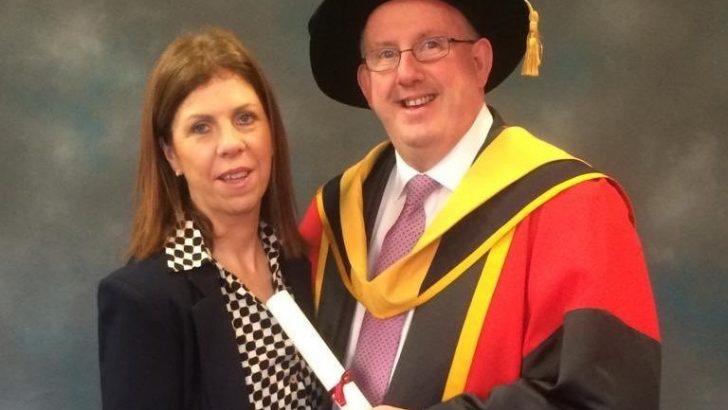Catholics should see the hand of the Holy Spirit working in the ongoing transition from a clerical to a lay-led Church, a theologian who has just completed extensive research on Vatican II in Ireland, has said.
Dr Gary Carville, who graduated with a PhD last month from Dublin City University on the topic of Ireland’s reception of the Second Vatican Council, said that the cleansing of the Church in Ireland has been the work of God, and that the process will allow trust to be rebuilt between priests and laity.
“It’s about when you’re renewing, when your renewing the body, it involves a process of detoxifying, a letting go, and an opening up of wounds and so on. I think that’s what’s been happening in the Church and in that context it’s good,” he told The Irish Catholic.
The Clogher diocesan spokesperson added that the future of the Church will be more lay-led, noting that “in the past, it has been the case of people helping priests, it will now be the future of priests helping people”.
Echoing these comments, Sean Goan, Co-ordinator of Spiritan Mission Ireland, told this newspaper that while clergy play a valuable role at a sacramental level, the laity need to reclaim their role as “missionary disciples”.
Speaking after the success of a two-week-long orientation course for incoming pastoral ministry workers in Ireland at Kimmage Manor, Mr Goan said: “But there is something else going on here, and people need to understand their Faith in terms of their own responsibility for it, their own role as disciples, and their own role in building up community.
“Maybe one of the problems were struggling with here might be a sacramental understanding of what it means to be Catholic,” he said.
Dr Carville has called for a national synod in Ireland in the near future to explore how all Catholics can better live out their Faith in communities.
“A national synod, focused on mission, will allow the Church in its fullest reality to engage again in new pastures and allow the whole people of God to be the creative agent and leaven in our communities – from the sources of faith and to the sources of the Church’s lived reality today.
Read full article here.


 Colm Fitzpatrick
Colm Fitzpatrick Dr Gary Carville
Dr Gary Carville 